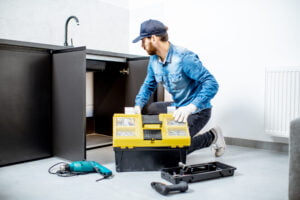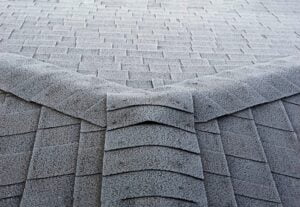Moving into a new home is an exciting time. Having the opportunity to pick out paint colors, discovering the function and personality of each room, and feeling settled in your new abode is all plus sides to the home buying process. To ensure the move is as seamless as possible, follow a few quick tips to stay on track and keep your dream from turning into a nightmare. From scheduling inspections to update your insurance, these steps will help you navigate the moving process with ease.
Inspections Are Essential

Inspections are one of the most crucial aspects of the home buying process. Before you cross your t’s and dot your i’s, you’ll need to make sure your new home is habitable. The foundation must be inspected, as well as the roof and any interior features such as the attic and the furnace. If your home has an HVAC system in place, this is also inspected to ensure every facet is running smoothly. The last thing you want is to turn on your HVAC system and discover that it only heats and doesn’t cool, or vice versa. To prevent this from happening, it’s a good idea to invest in routine HVAC maintenance to catch any issues straight away. When you conduct preventive maintenance on your HVAC system and other features of your home, you reduce the number of problems you’ll face further down the line. Plus, this could save you hundreds or even thousands of dollars.
Discuss any issues with the inspector to determine what HVAC maintenance, roof repairs, or structural repairs are needed before you move in. This provides you with peace of mind and allows you to settle into your home knowing that it’s safe and free from damages. Don’t just assume your home is in good condition because it looks OK to you. Let a professional assess the property before any paint samples are selected.
Consider Storage Options
Once your home is ready for you to move in, assess whether you have enough room to store all your belongings. Depending on the size of your house and whether you have storage available in your basement, attic, or through a built-in wardrobe, you may need to consider self-storage. You can find a storage unit facility nearby and determine the size of the storage space needed to hold your additional belongings. You can choose to store clothing in storage units, especially if you live in an area that experiences all four seasons. Pack away your seasonal wardrobe in clear bins and stack them neatly into the storage unit of your choosing. This allows you to clearly see what’s contained in each bin and makes it easier to grab stuff out when you need it. During the summer months, store your winter belongings away so you aren’t unnecessarily cluttering your new home.
Personalize Your Place
To really make your new home feel like it belongs to you, start personalizing your space in new and inventive ways. Remember, personalizing your place goes beyond hanging pictures or choosing which comforter you want on your bed. Painting exterior features of your home, such as your front door and shutters, add’s a personal stamp on the property. Invest in the furniture you really like and that accurately represents your style and taste. Every detail, even the small ones, help you feel more settled. Something as simple as buying a shower curtain you like or kitchen towels in a preferred pattern can make a world of difference.
Update Your Insurance
To protect yourself and your new home, update your insurance policy prior to making any moving arrangements. If you haven’t previously purchased home insurance, work with a policy provider directly to determine the amount of coverage you need. If you have an existing plan but you’d like to add or adjust your coverage, make these changes in advance. Look at your policy to see what is and isn’t covered, what your deductible is, and what your premium is going to be over time. This puts you in the best shape possible to avoid any debilitating financial costs if something should happen to your home.























